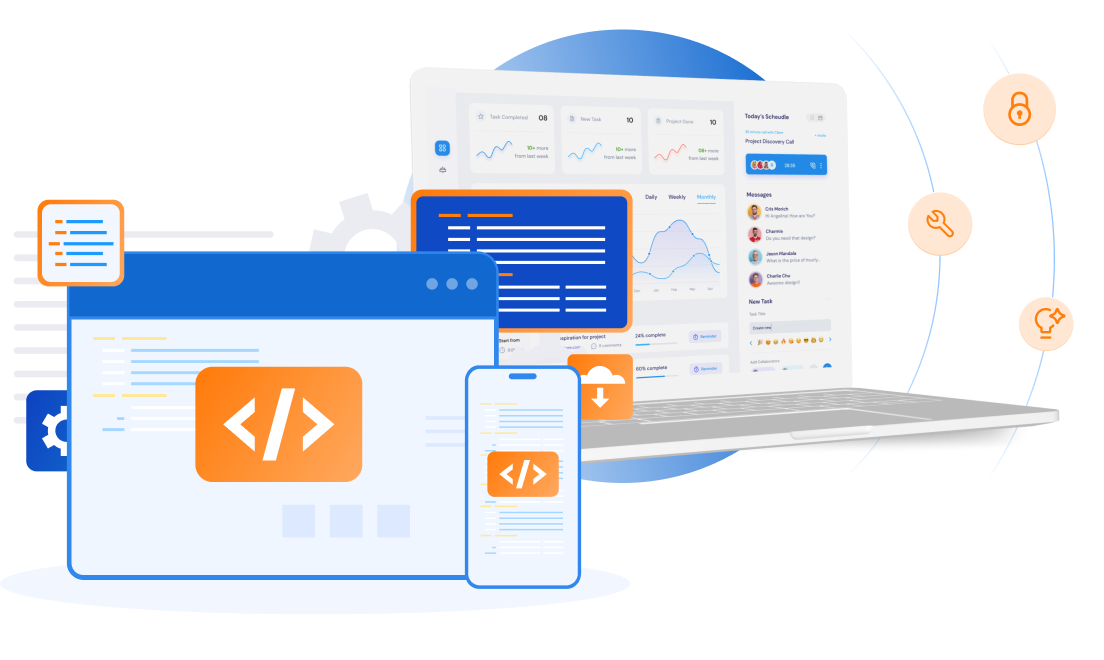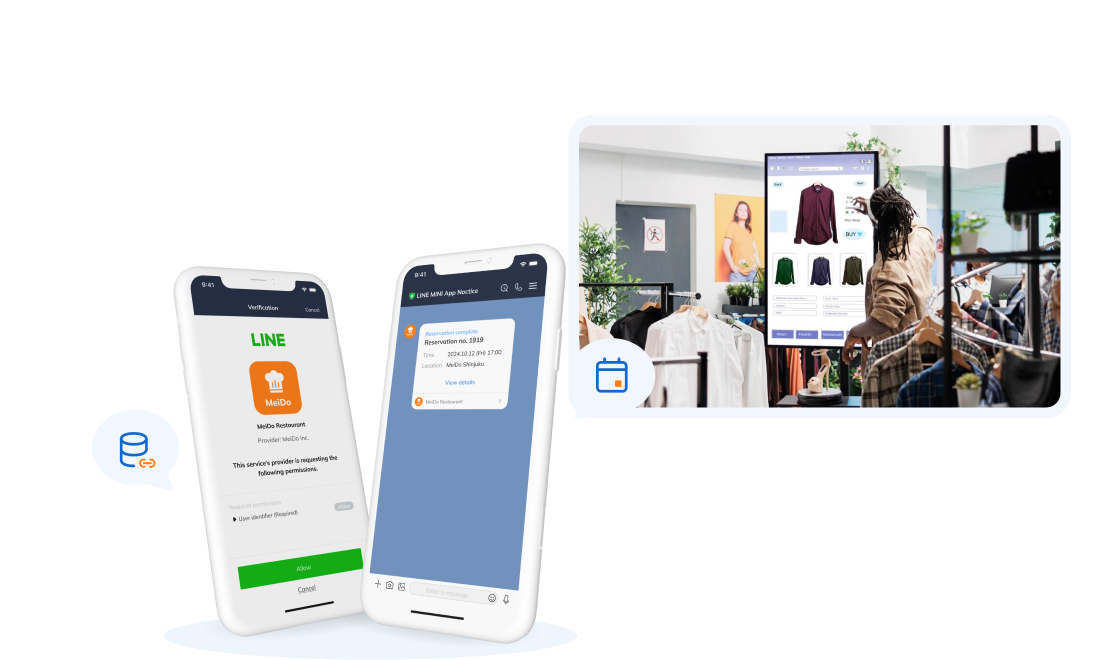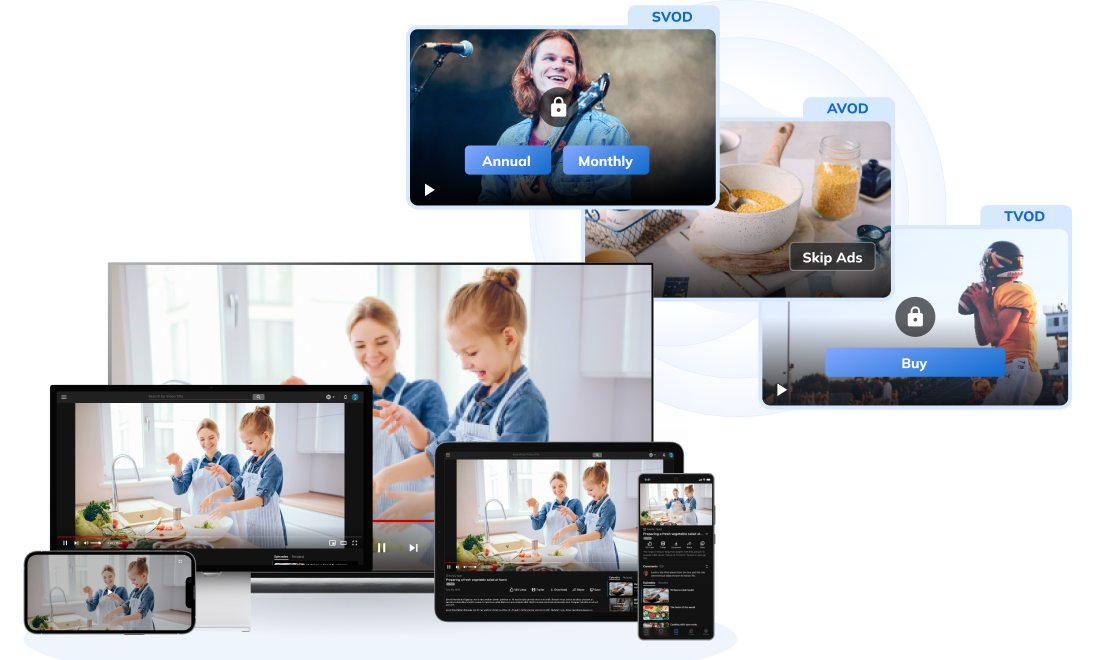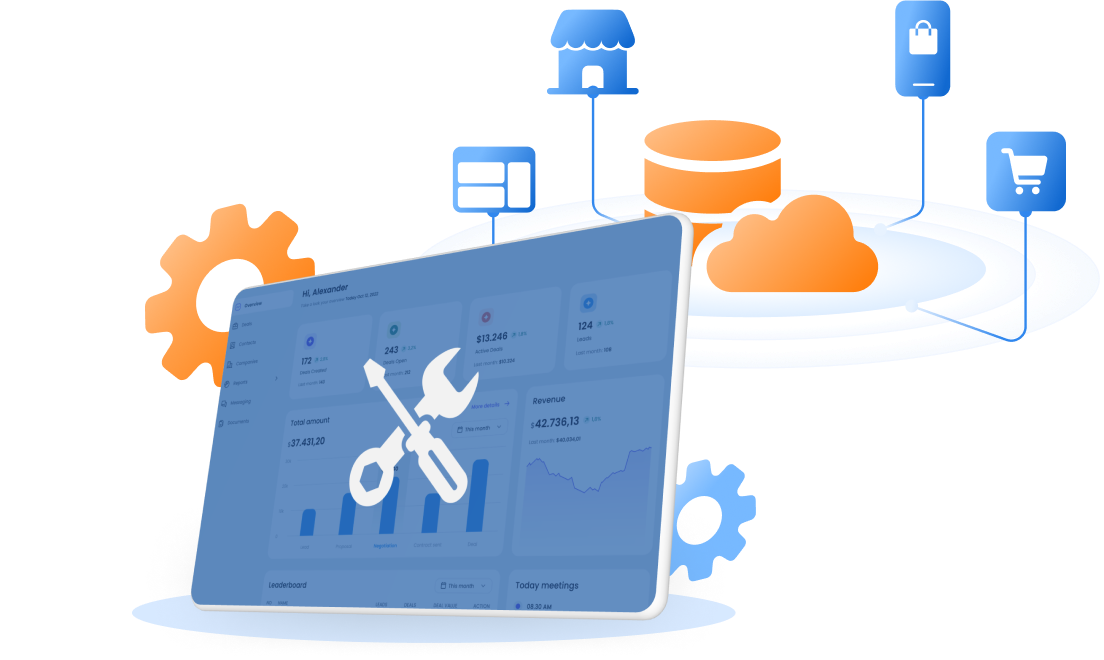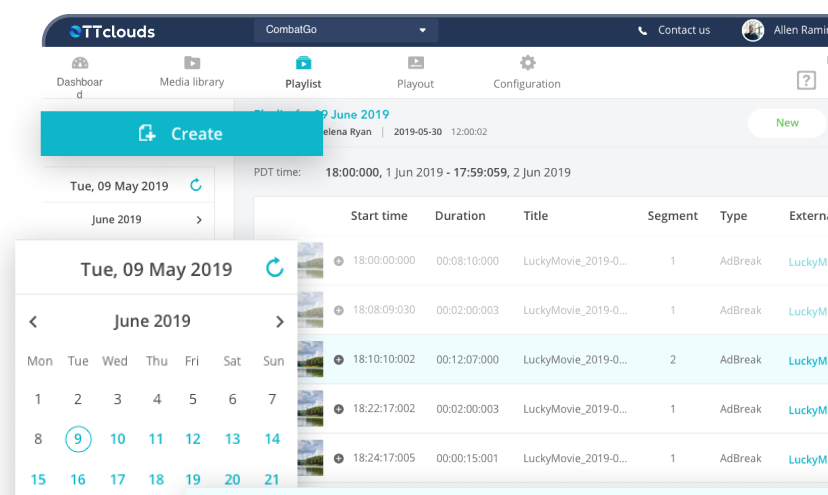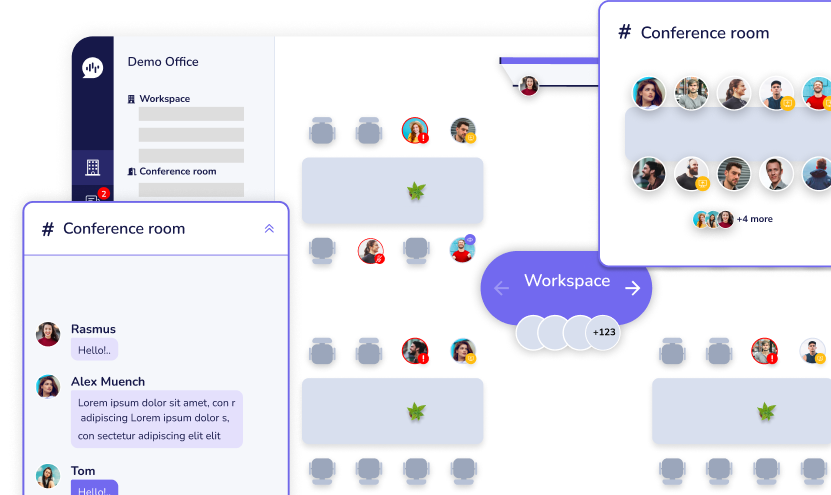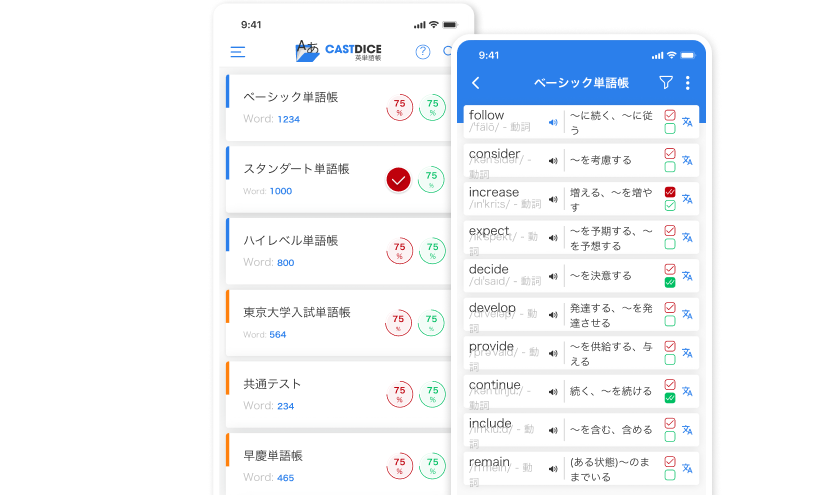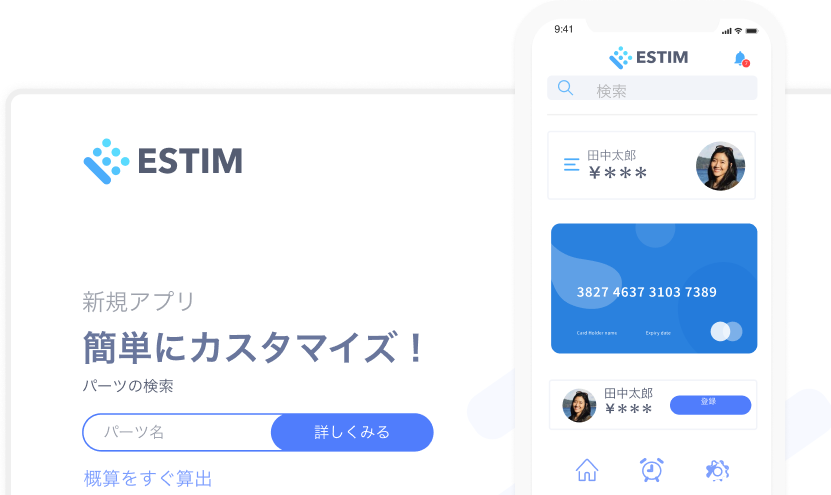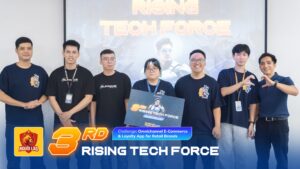Enhance the Customer Experience on Digital Platforms While Protecting the Legacy for Luxury Brands
04/06/2025
626
Table of Contents
Luxury branding is undergoing a digital revolution as brands adapt to meet the evolving expectations of modern consumers. A case study of a century-old luxury brand demonstrates how traditional values can be preserved while embracing digital transformation. Through mobile-first solutions like LINE Mini App in Japan, brands can now enhance customer experience and offer seamless digital experiences for events, store check-ins, and personalized services.
The key to success lies in striking a balance between heritage and innovation, implementing localized solutions, and maintaining simplicity while delivering personalized experiences. The future of luxury retail depends on unified loyalty programs, cross-channel CRM systems, and continuous digital innovation, enabling brands to remain both timeless in identity and contemporary in customer experience.
Digital Transformation for Luxury Brands
As widely known among business owners, digital transformation in customer experience in this decade means utilizing technology to diversify and enhance customer experience across digital touchpoints commonly used by general mobile users.
For some traditional businesses, digital transformation includes migrating sales and operations to a digital environment and unifying the customer experience across online and offline channels. Even though the strategies may vary among brands, there are some common tactics, including online bookings, e-commerce, digital membership, and messaging apps.
No business can stand on the sidelines of the digital transformation wave unless growth is no longer among their primary objectives. Luxury brands, regardless of their size and traditional roots, are compelled to undergo digital transformation, especially when serving the top, elite, sophisticated, and tech-savvy clientele.
While competition is fiercer than ever, digital transformation is rather a must than a choice. The point is, which brand does a good enough job of balancing its unique heritage with digital experiences? Luxury shoppers expect fast, convenient, and mobile-first service, but they also demand exclusivity, consistency, and personalized experiences, especially in huge-spending markets like Japan and China.
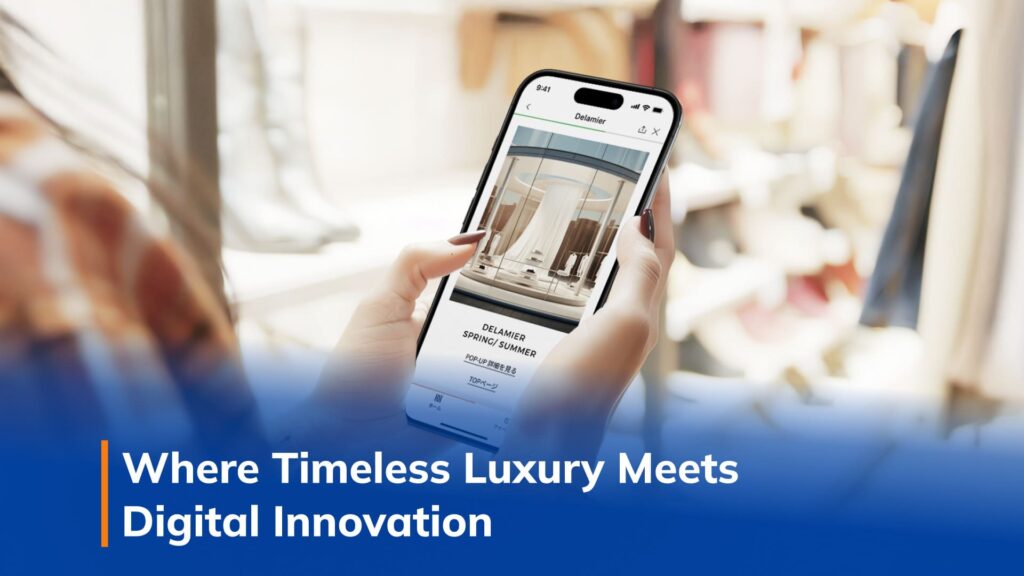
Balancing Legacy and Innovation: A Case Study of SupremeTech’s Client
Though flashy, the concept of digital transformation may seem, implementing it successfully comes with more challenges than thought.
It’s a proven point that we made when we began working with one of the world’s most prominent luxury brands, boasting over 100 years of history. While its legacy and loyal customer base remain strong, it cannot neglect the growing preference of customers to connect more conveniently via mobile in specific markets. In our case, the market is Japan, a matured market regarding mobile-first customer experience.
At the time of collaboration, there were some obvious challenges to elevate and enhance customer experience of luxury brands.
- Manual processes, such as event RSVPs, store check-ins, and after-sales service, could be partially digitized to enhance customer bonding and ease operations.
- User-friendliness and convenience should be at the heart of any digital transformation idea. Japanese customers, although tech-savvy, do not readily adopt using an entirely separate app for minor tasks.
- Existing and standard tools, such as SMS messaging and Line messaging, did not provide sufficient support and could not be customized to meet the expectations of high-end customers in key markets like Japan, where mobile-first and personalized experiences are preferred.
So what’s the challenge? We need to deliver a digital solution where personalized customer service and event booking are likely to take place and sync it up with offline journeys, making the online and offline experiences feel seamless. The newly built solution not only needs to fulfill the objective but also needs to align with the client’s existing system, both technically and aesthetically. Last but not least, it must be friendly to Japanese customers and require minimal effort to stay connected.
Apart from the challenges above, for some luxury conglomerates, it takes multiple layers to protect their heritage and ensure that the brand voice is consistently echoed across all customer touchpoints. Therefore, a multi-layer decision-making process is something that a technology partner like SupremeTech is challenged to manage to ensure technical deliveries. See how our development team thrives in collaboration with our client’s multi-layered and multinational system.
>>> Read more related articles:
- LINE Mini App: Digital Transform Customer Service with Digital Point Cards
- LINE and Mobile Commerce Platform in Japan
Be the Early Bird in Localized, Digital-First Experience with LINE MINI App
For these similar requirements in the Japanese market, LINE MINI App, the most popular messaging app in the country, has been and will continue to be the best choice for maintaining relationships with end customers. That’s why the client came to us with a clear goal: to enhance customer experience through a LINE Mini App while preserving their luxury heritage.
The advantages of the LINE MINI App are also its setbacks in terms of requirements. While other competitors also use LINE MINI App for the same purpose, our technical solution would help our client differentiate themselves in the luxury industry that worships outstanding experiences.
Through collaborative workshops with both client and design teams, we identified pain points across customer touchpoints and internal operations.
There was strong motivation for change, but any solution had to fit seamlessly into their existing ecosystem of legacy systems and workflows. Instead of generic tools, we developed tailored, digital-first experiences that aligned with their premium brand identity. By bridging business goals with real user needs, we turned high-level digital ambitions into localized, practical solutions that delivered lasting value.
Mobile-First Platforms for Events & Services
In markets like Japan, mobile apps are the gateway to customer and brand connections. We started to help the brand integrate mobile-first tools that allow customers to do the following tasks within their LINE App:
- RSVP to events, receive digital tickets, and check in via QR codes. Digital event RSVP is enabled and synced with check-in at events.
- Access personalized services through local platforms.
- Personalized follow-up messages with exclusive content—all integrated within LINE, Japan’s most popular messaging app.
We customized the LINE MINI App for clients by building the needed features. Let’s explore a tailored RSVP flow—carefully designed to set the standard for luxury brands. This streamlined, digital-first experience has already positioned our clients as leaders in delivering high-touch, premium engagements in the market:

As described, the RSVP journey has become a key touchpoint for delivering a premium and modern customer experience. By combining multiple localized entry points, such as push notifications, QR codes, and rich menus on LINE, with a fast and intuitive registration process, luxury brands can create seamless engagement that feels exclusive and effortless.
From customizable reservation options to instant confirmations and quick in-store check-ins, every step is designed to reflect the brand’s commitment to service, elegance, and personalization. Ongoing digital enhancements will continue to elevate this flow, setting a new benchmark for customer-centric luxury experiences in every market.
Enhanced CRM & Personalization Engines
We support the centralization of customer data across online and offline channels. This allowed the brand to:
- Track behaviors and preferences
- Personalize content and services
- Deliver tailored communications that reflect individual tastes and needs
Key takeaways – Digital Know-How Is Essential for Luxury Brands
This transformation journey revealed a key truth: as luxury brands increase their digital touchpoints, the expectations for personalization grow even higher. From event invites to post-sale care, every interaction must feel intentional, elegant, and aligned with the brand’s values.
That level of customization does not happen by accident. It requires the right expertise and a dedicated team to design and deliver it.
Here are the essential takeaways for any luxury brand going digital:
- Luxury can go digital without compromising on heritage or exclusivity when done thoughtfully.
- Localization is essential. Using the right platforms (LINE in Japan, WeChat in China) ensures your brand fits seamlessly into your customers’ digital lifestyles.
- Simplicity is key. Technology should streamline the experience, not complicate it.
- Personalization builds loyalty. The more digital touchpoints you introduce, the more important it becomes to tailor every moment to each individual.
- A skilled digital team is no longer optional. To meet the rising bar of luxury customer expectations, brands need expert support to design, manage, and evolve these experiences at scale.
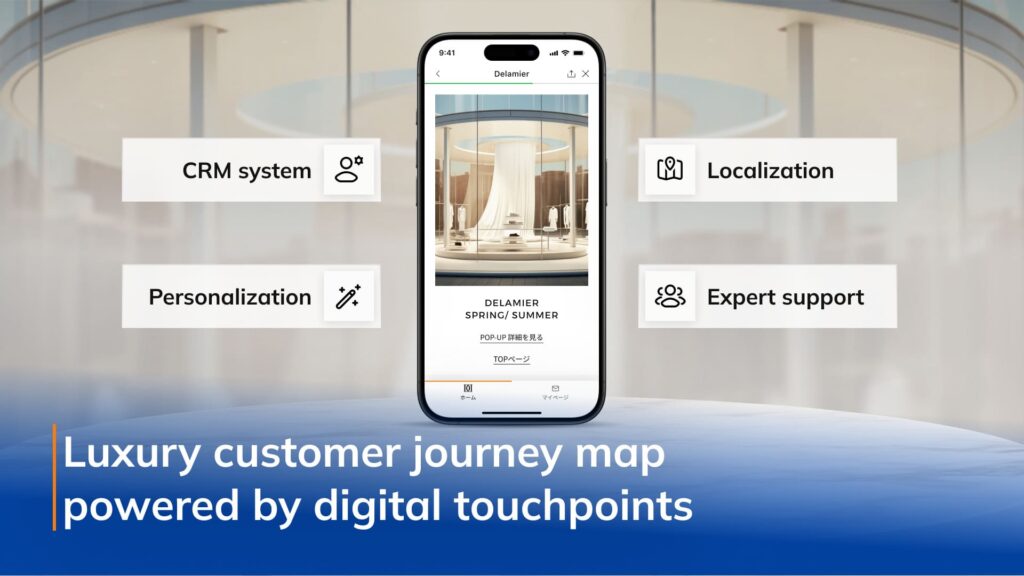
Future Prospect – A User-Centric, Seamless Digital Future
Looking ahead, the most successful luxury brands will be those that embrace user-first design and seamless integration across platforms. As more customer interactions move online and age groups expand, the number of digital touchpoints is growing—and so is the need for every experience to feel highly personalized and consistent.
This shift means that brands can no longer rely on generic solutions. They need dedicated teams and the right digital expertise to craft experiences that reflect their values and meet customer expectations at every step. A trusted technology partner will create more spaces for clients to focus on crafting winning business ideas.
During the development process, as a solution architect, we identify the enhancement prospects that can lead to sustainable customer retention for the business.
- Unified loyalty programs that connect both online and in-store behaviors
- Cross-channel CRM systems that offer a complete, 360° view of the customer journey
- Ongoing innovation in digital experiences that deepen engagement
By combining innovative technology with a deep understanding of their customers, luxury brands can stay both timeless in identity and timely in experience, true to their legacy while fully ready for the future.
How SupremeTech Helps Luxury Brands Enhance Customer Experience
We support luxury and retail clients with tailored digital transformation strategies. Our services include:
- Platform Strategy & Integration
(LINE, Salesforce, Event Management, System Migration, Legacy Tech Upgrades) - Loyalty Program Integration
Custom solutions that connect CRM data with customer touchpoints. - Digital Product & App Development
From concept to launch, we build digital tools that enhance luxury experiences.
Ready to elevate your luxury customer experience?
Let’s contact us to discuss how digital transformation can help you protect your legacy while creating future-ready experiences.
Development systems and technologies
Below are the resources and technologies we use to develop the services:
- Details of entrustment: Design, Implementation, Testing, Migration, Maintenance & Operation
- Platform: Line Mini App (WebApp)
- Development language: NextJS (React Framework), TypeScript
- Team structure: 6.5 MM x 8 months
- Project Manager 0.5
- Project Tech Lead 0.5
- Business Analyst 1.0
- Infra Engineer 0.5
- Backend Lead 0.5
- Backend Dev 1.0
- Backend Lead 0.5
- Backend Dev 1.0
- Quality Control 1.0
Related Blog


